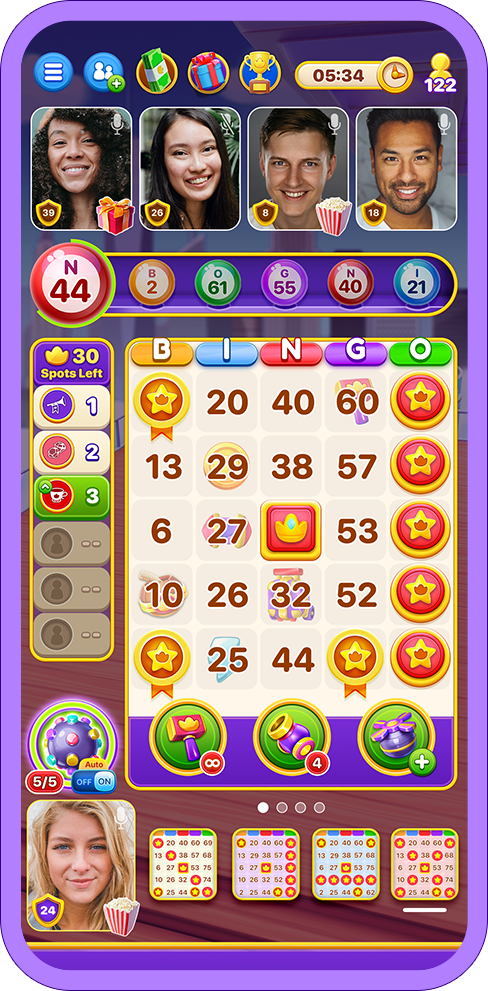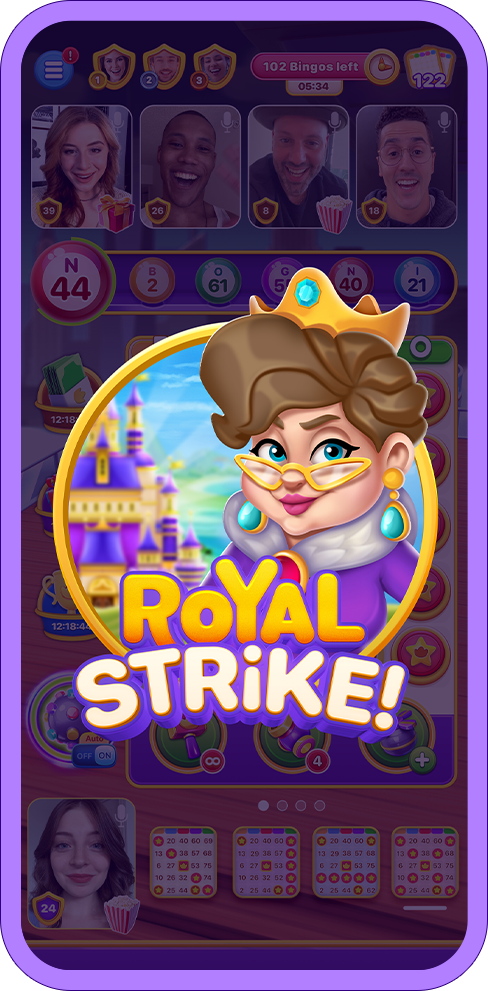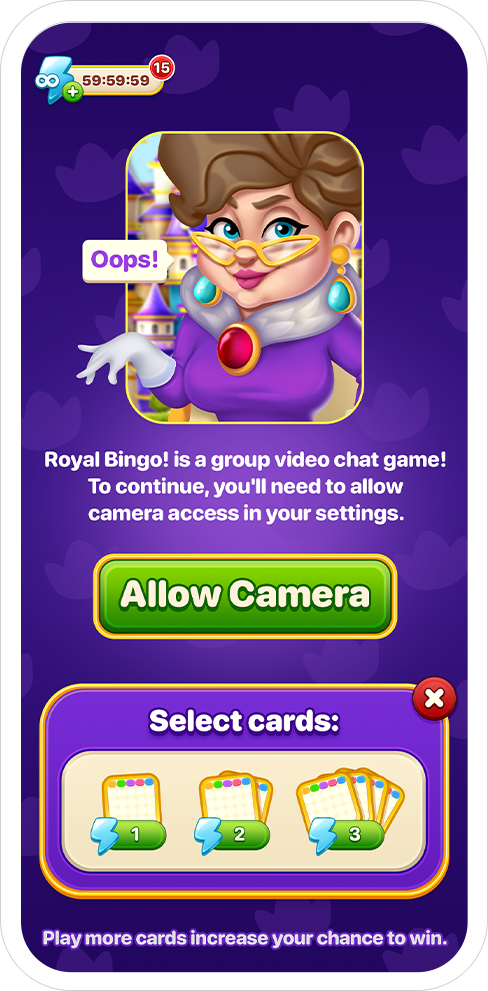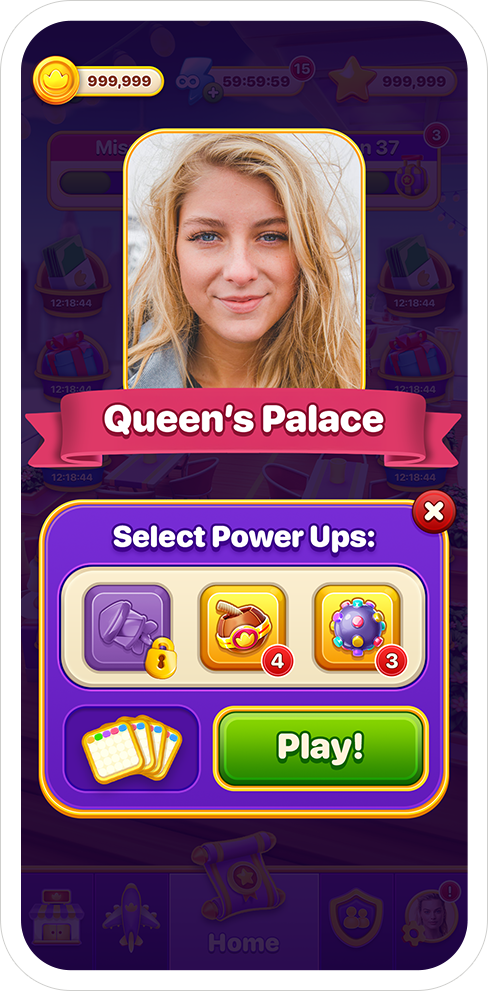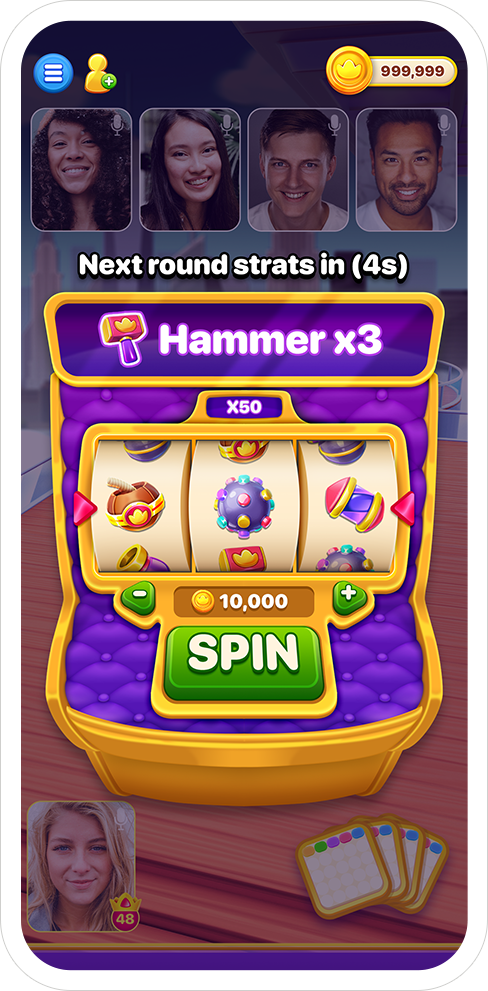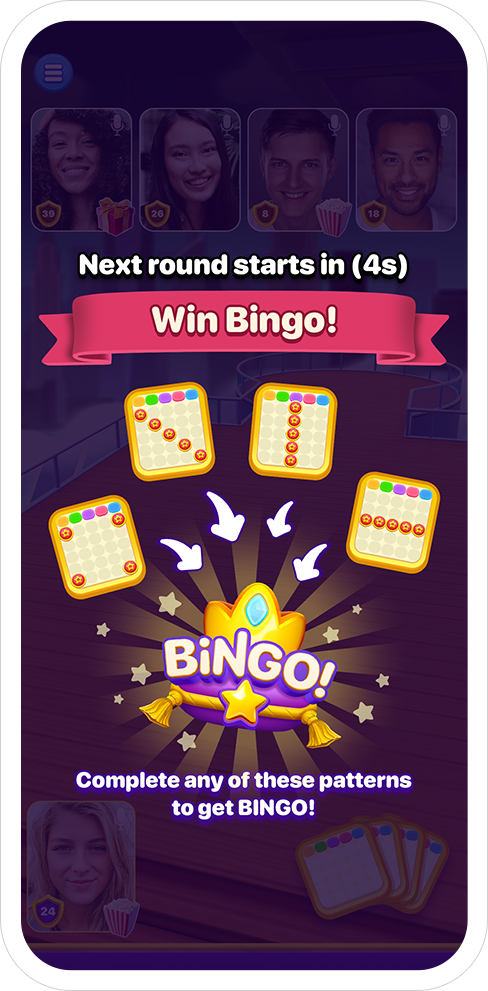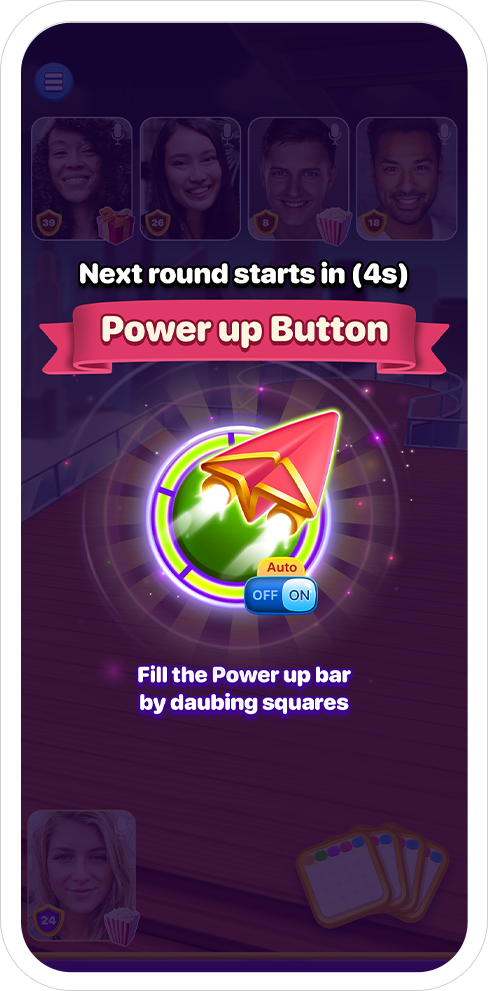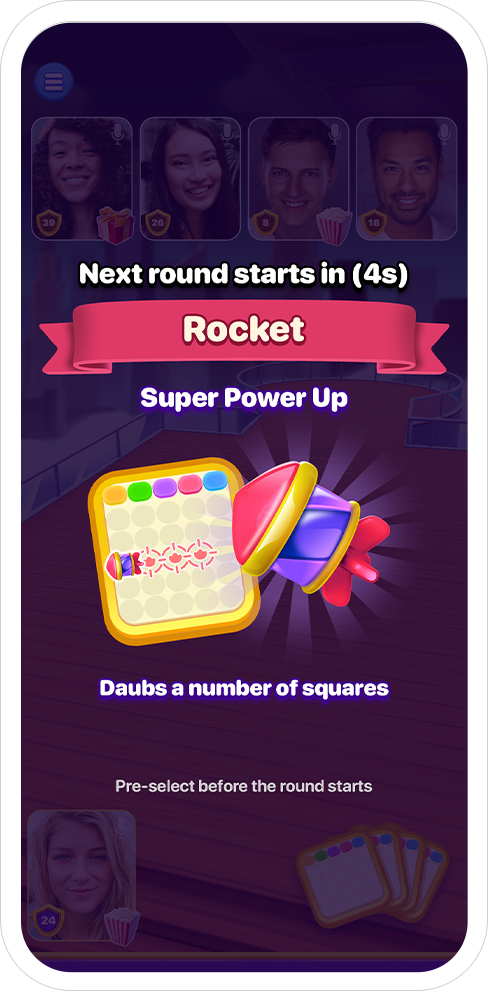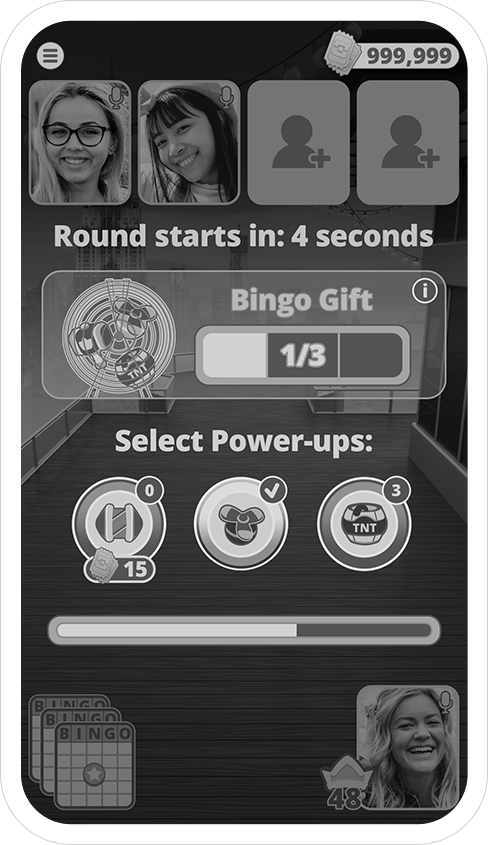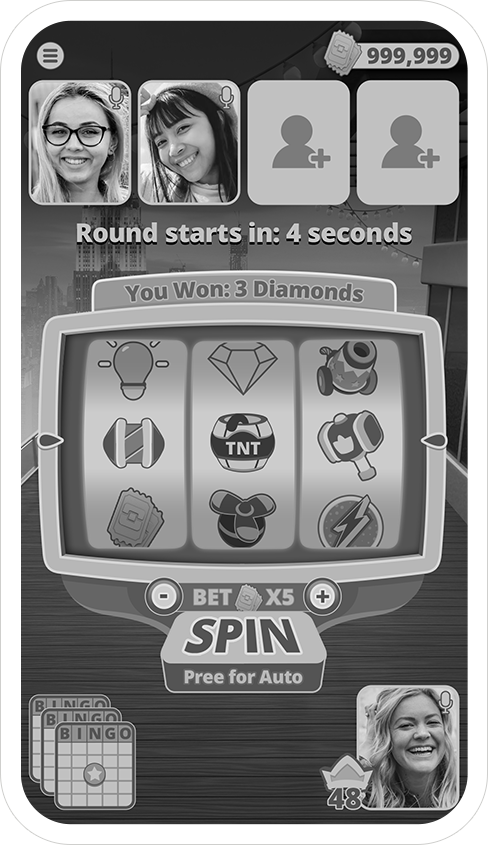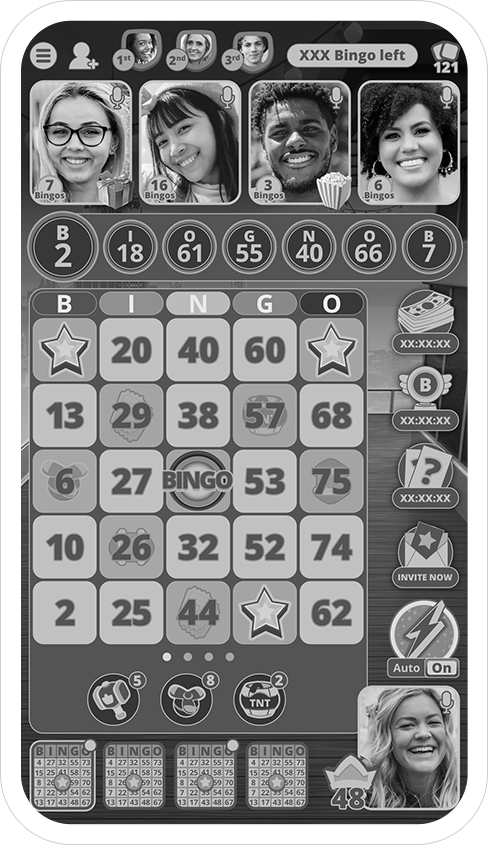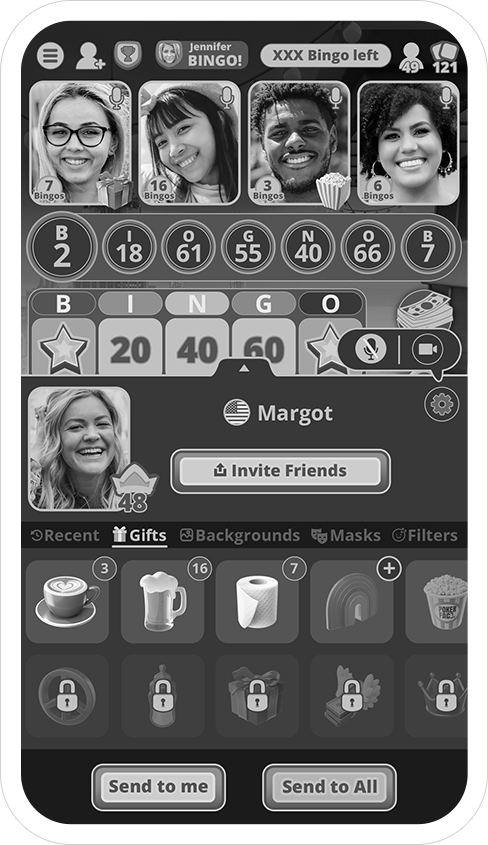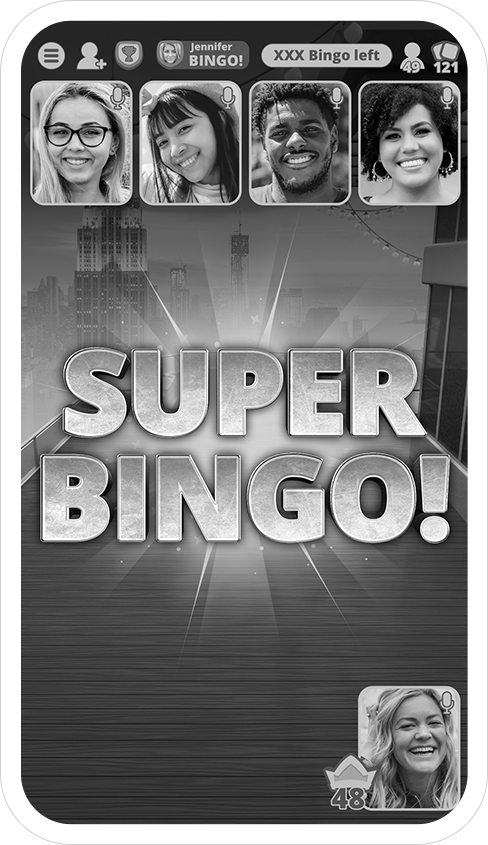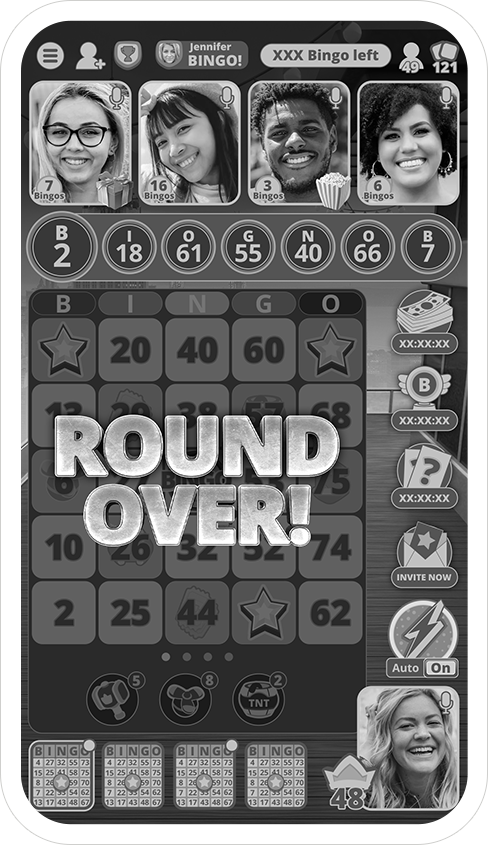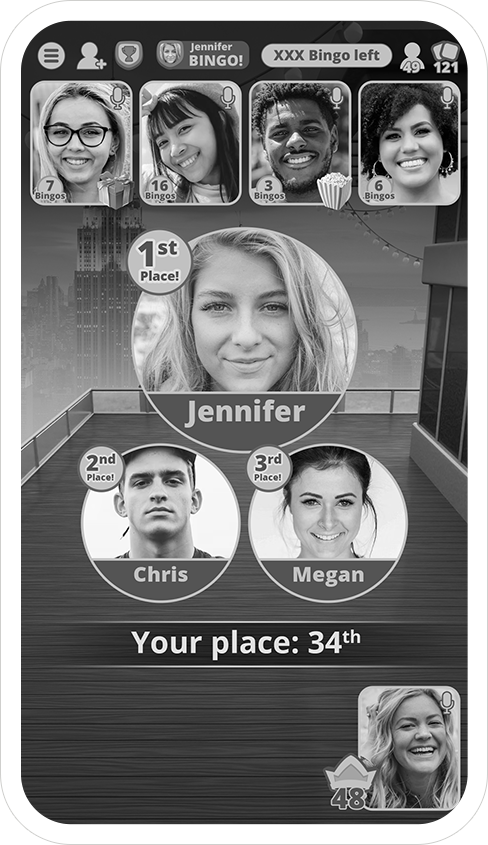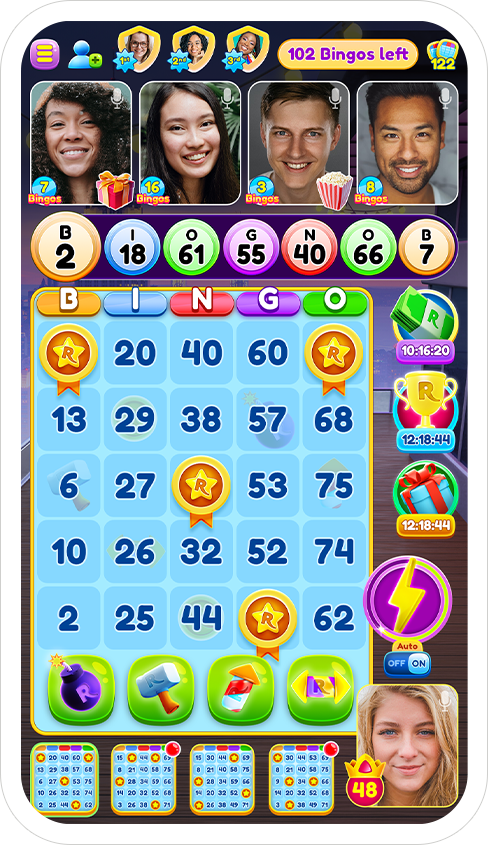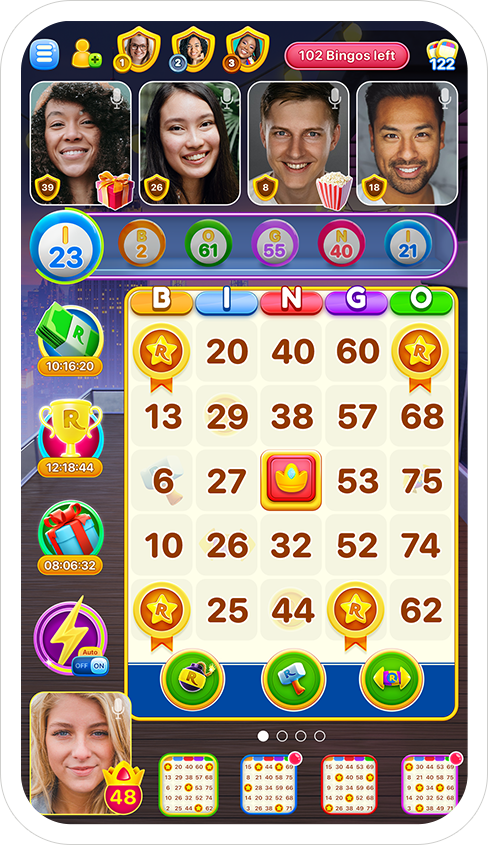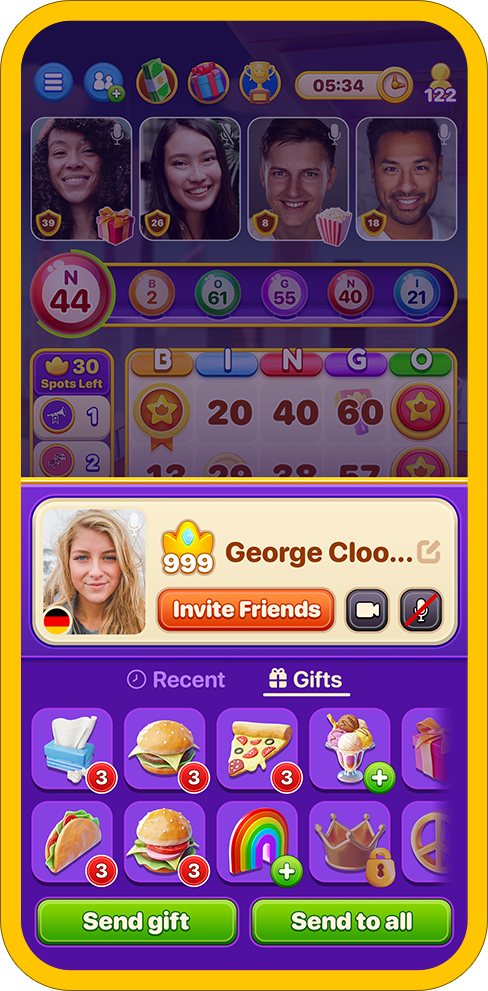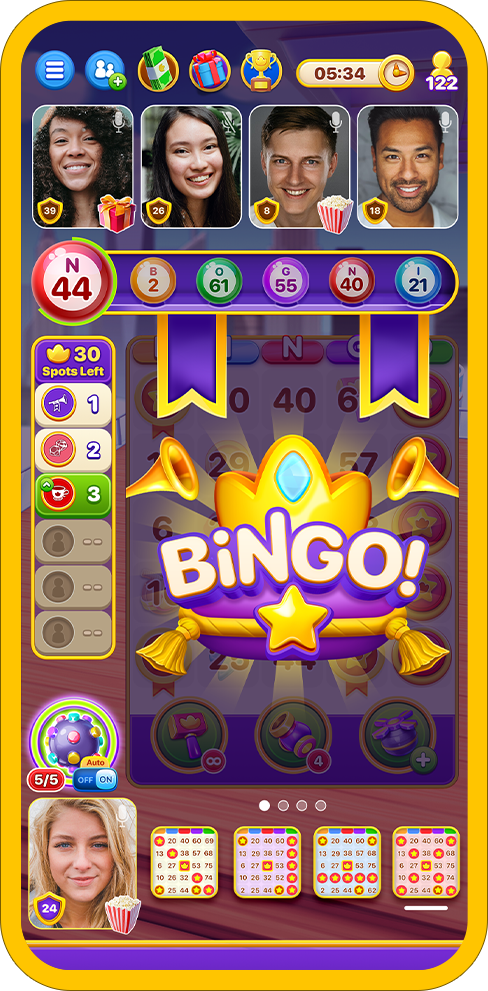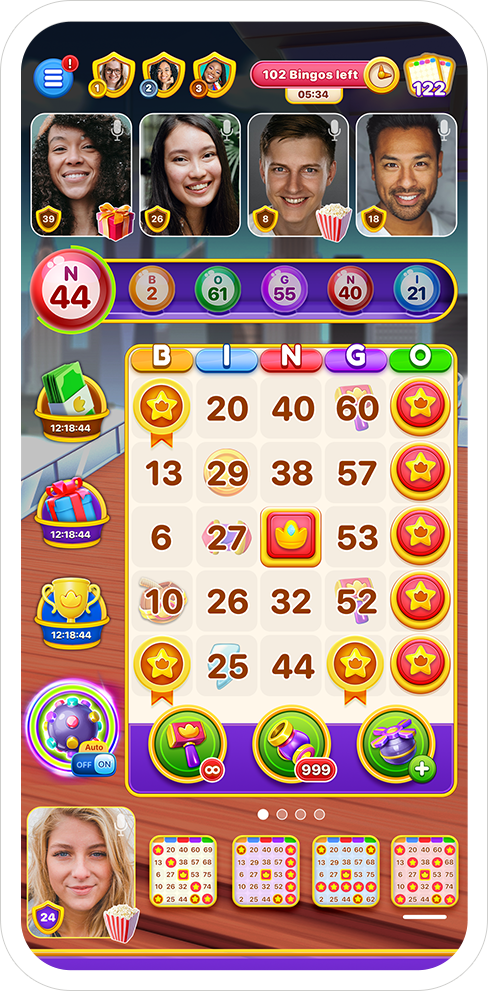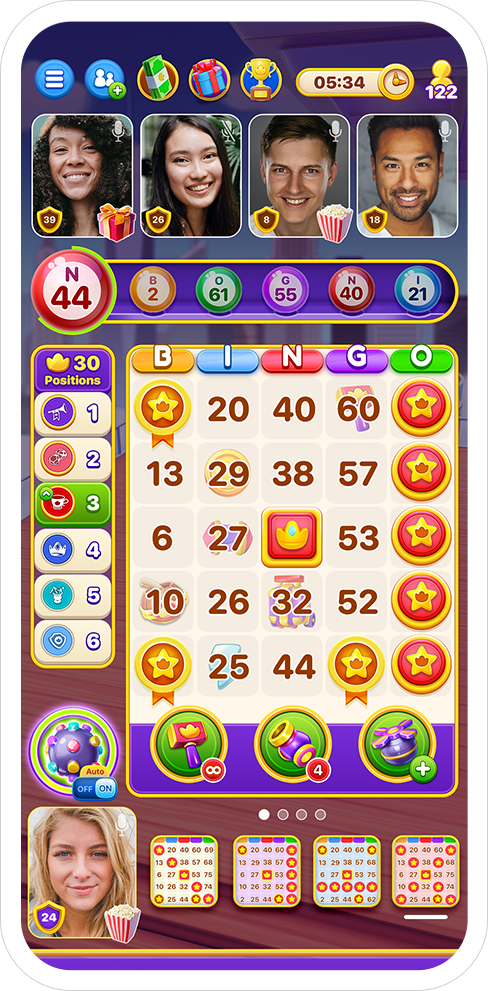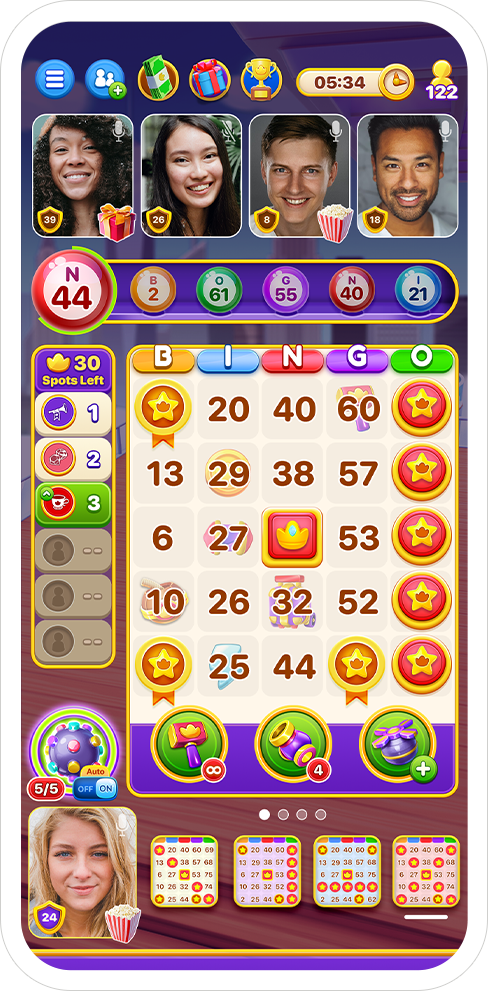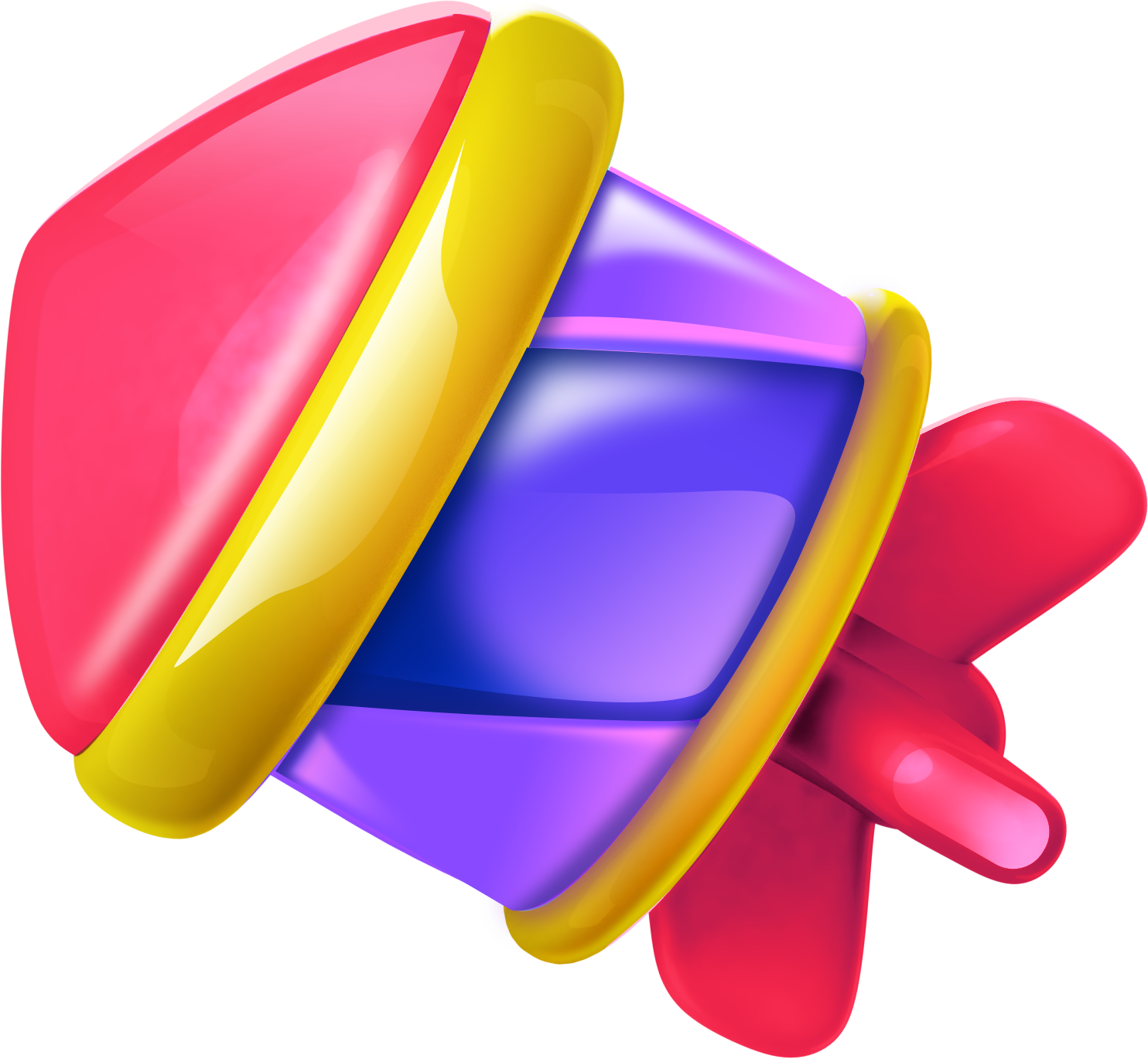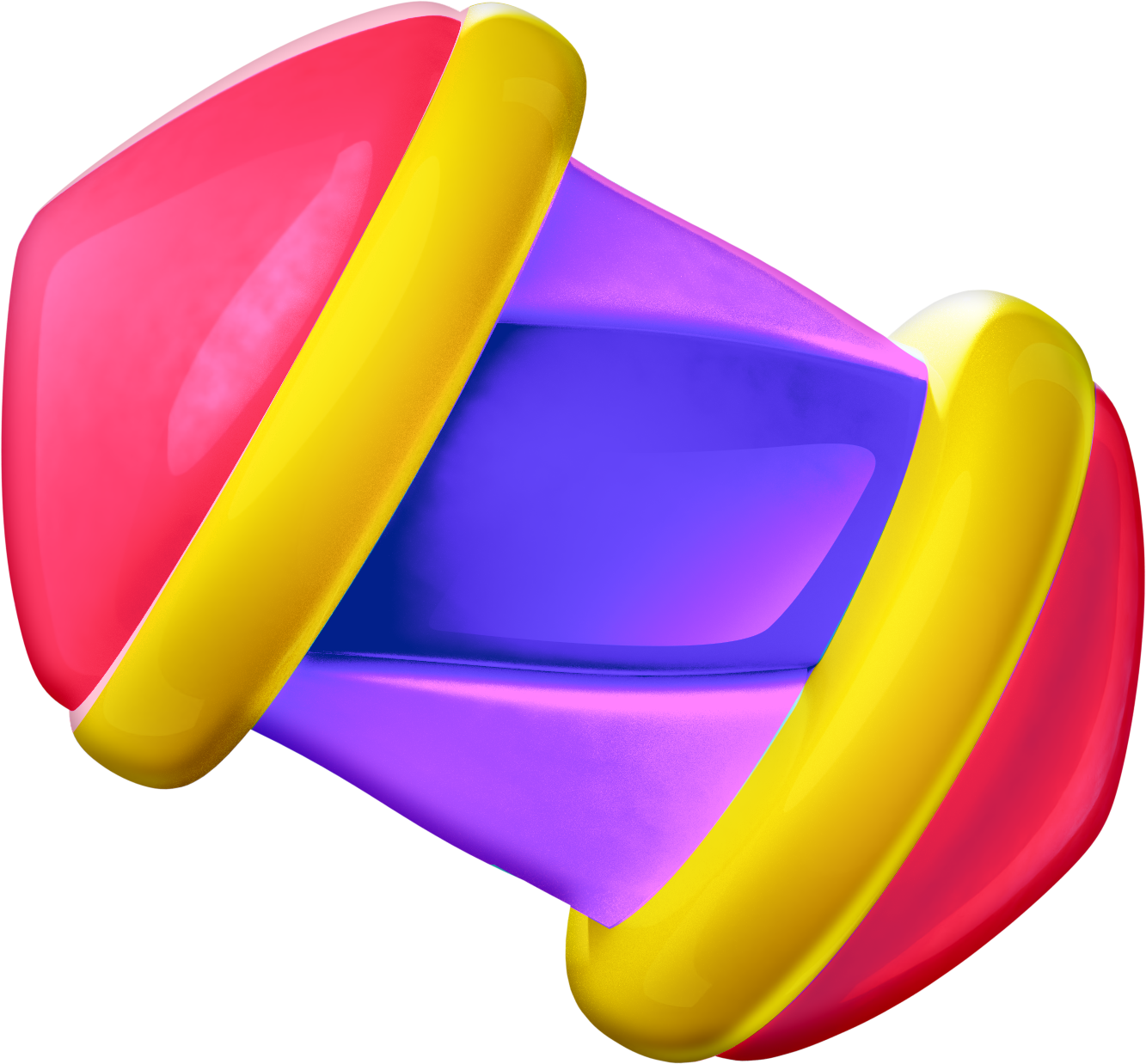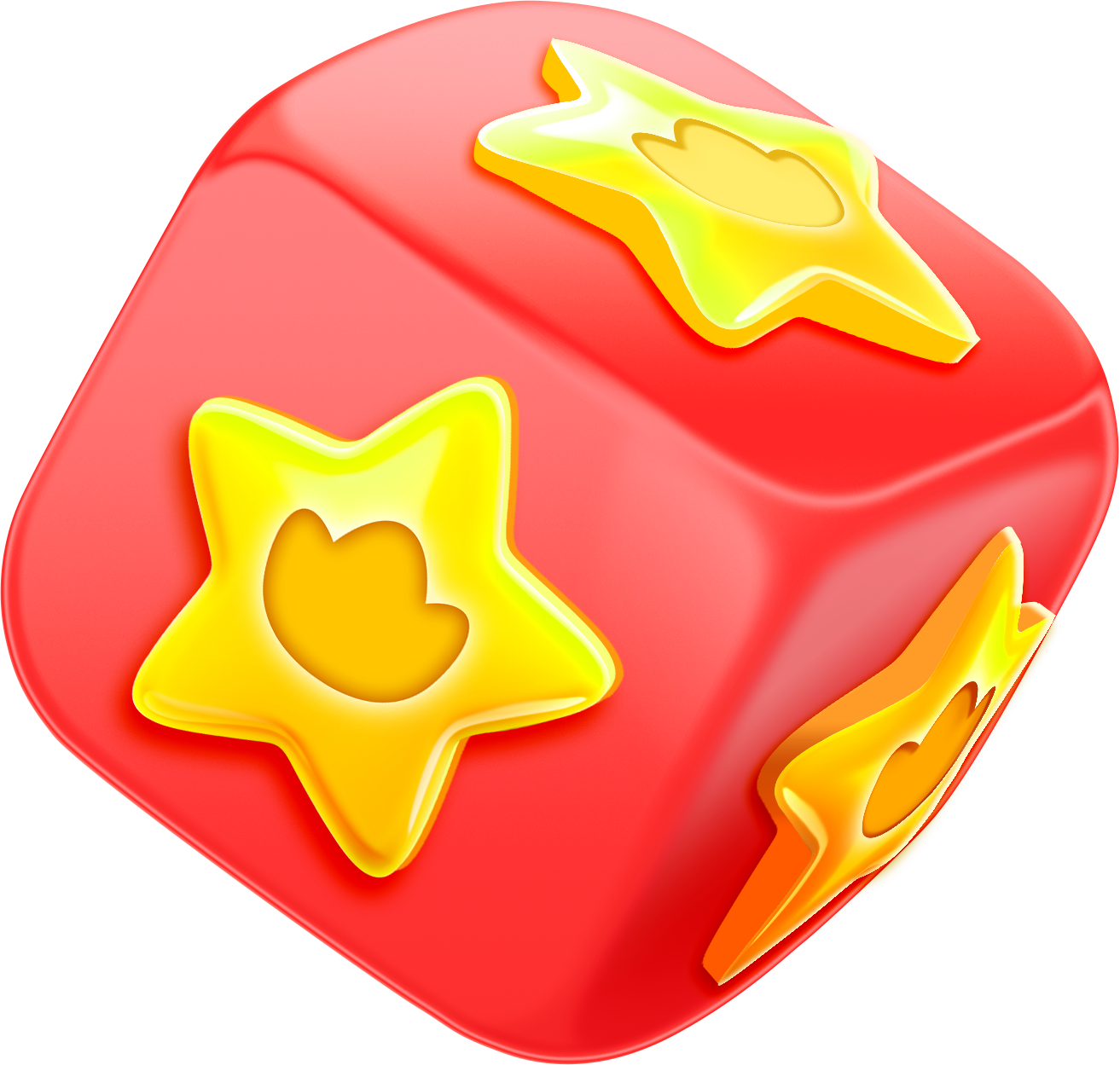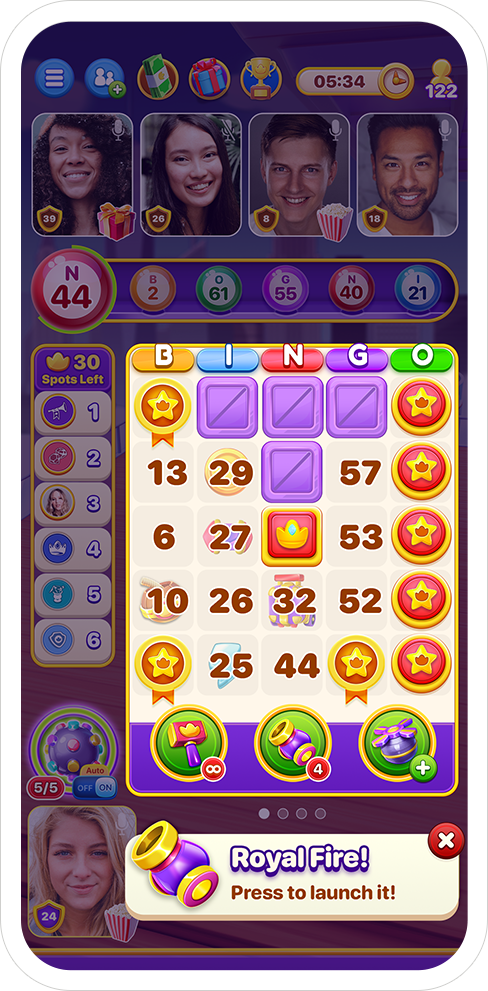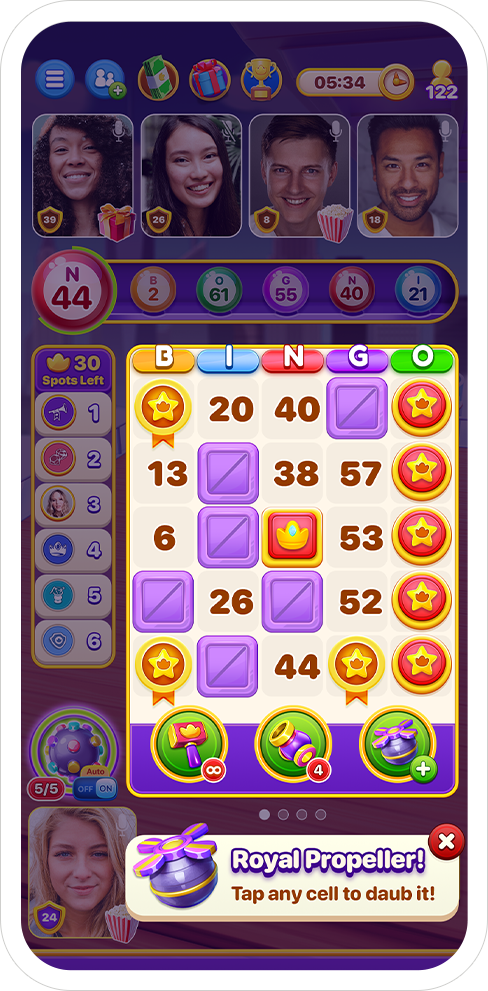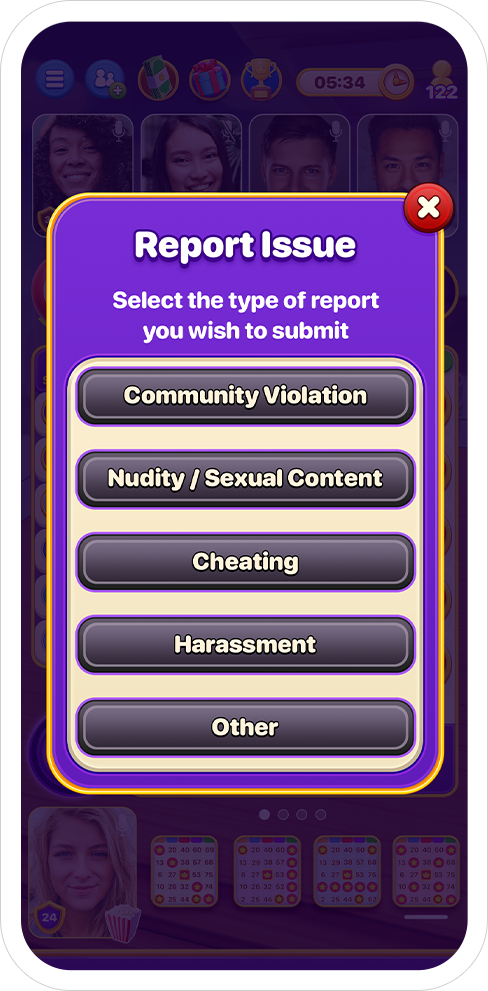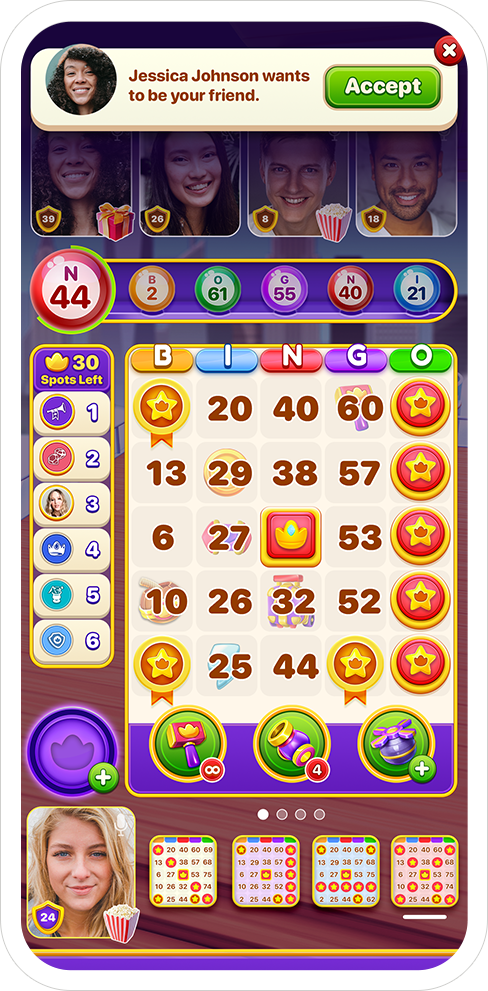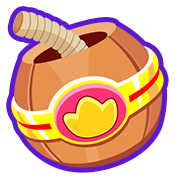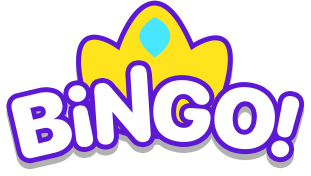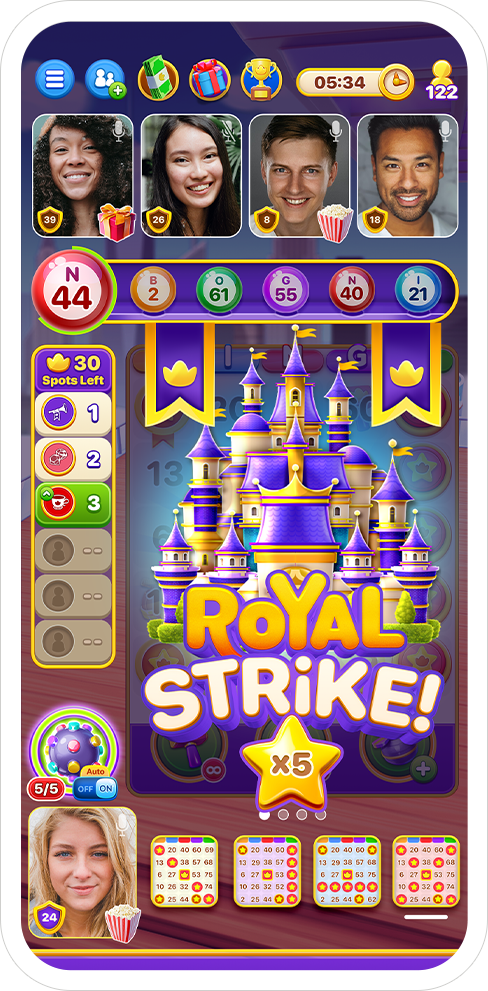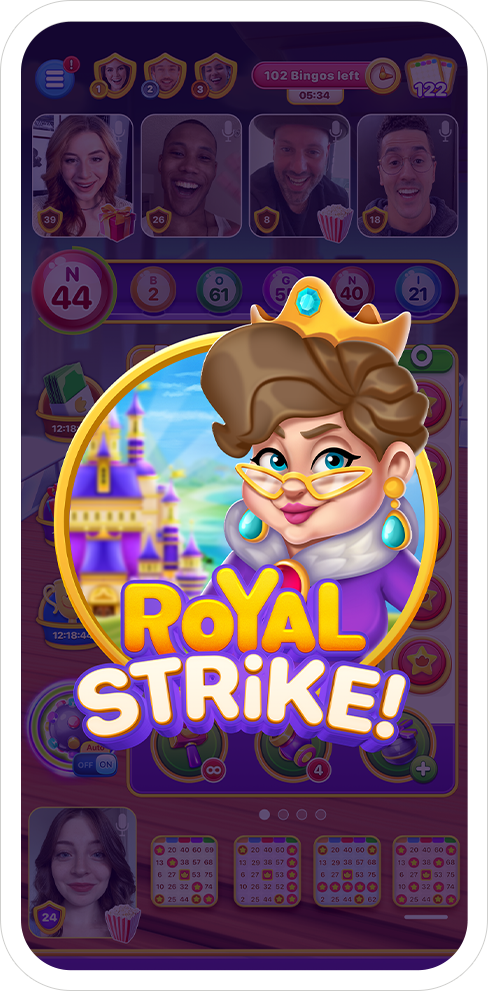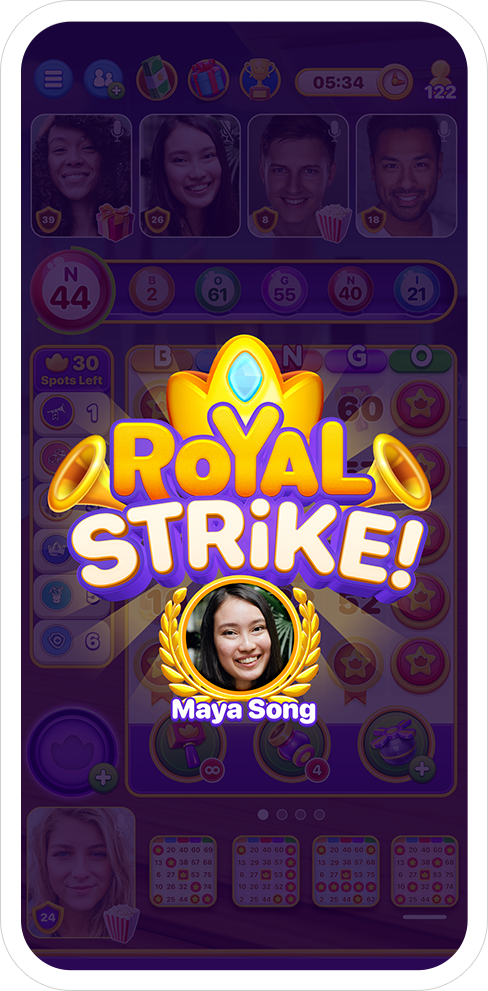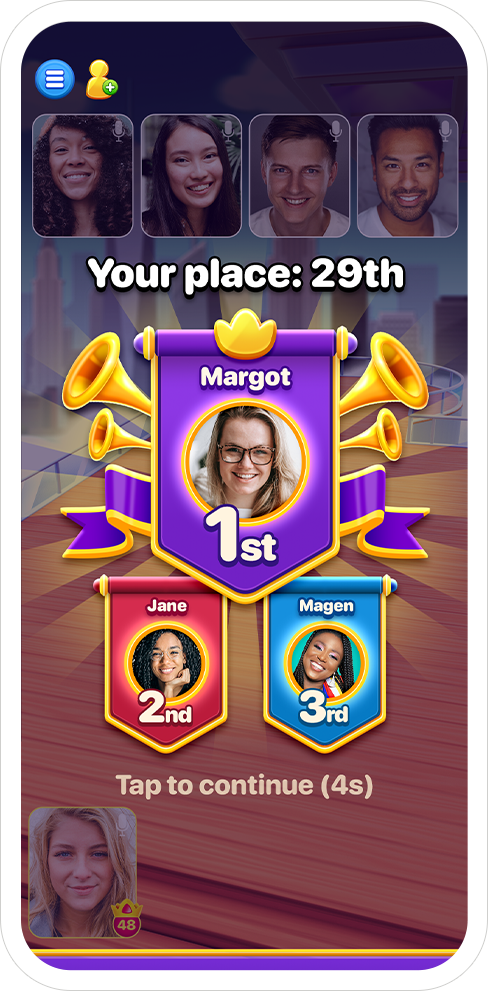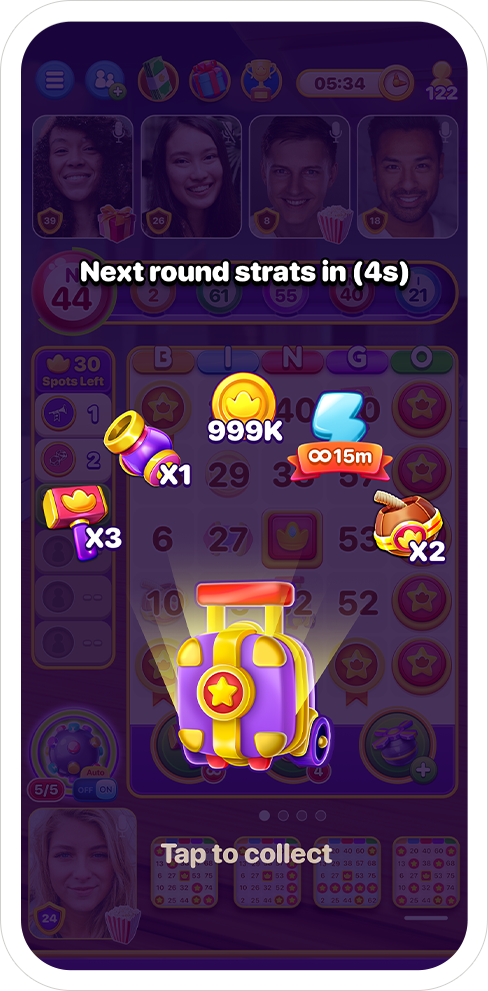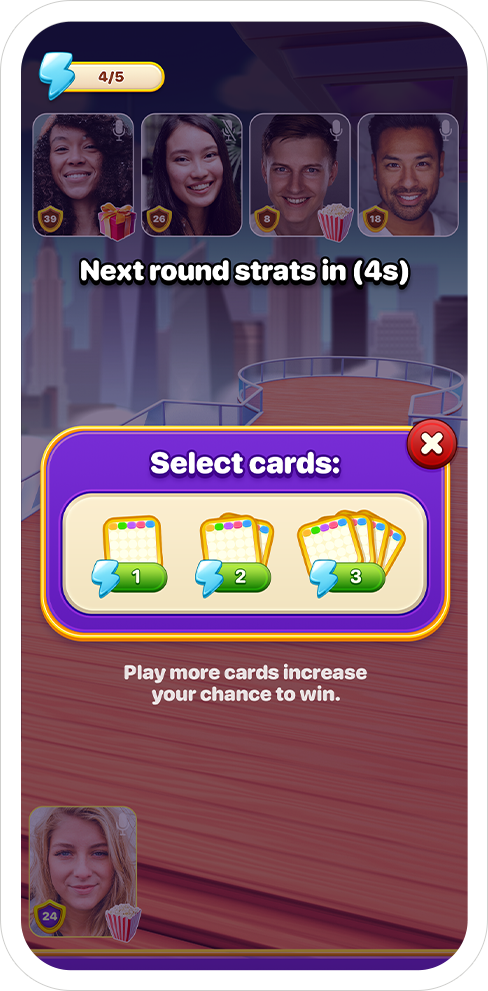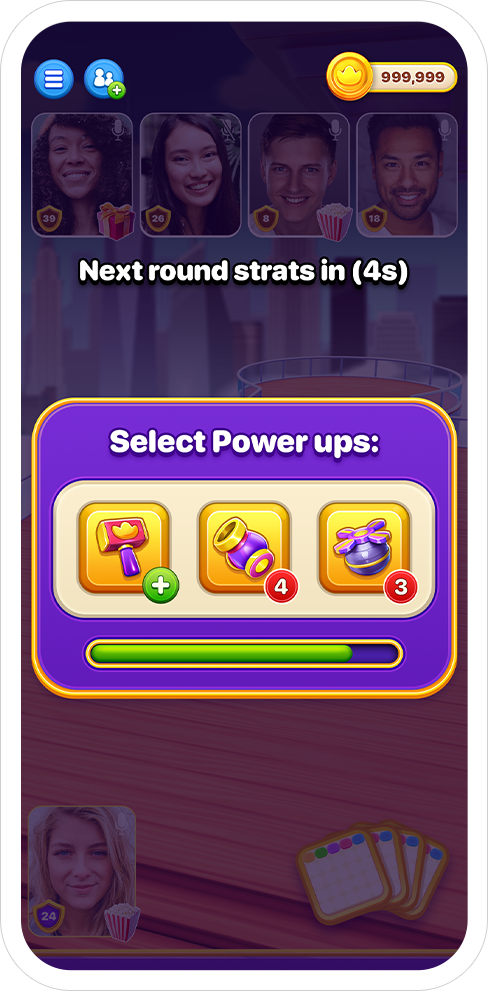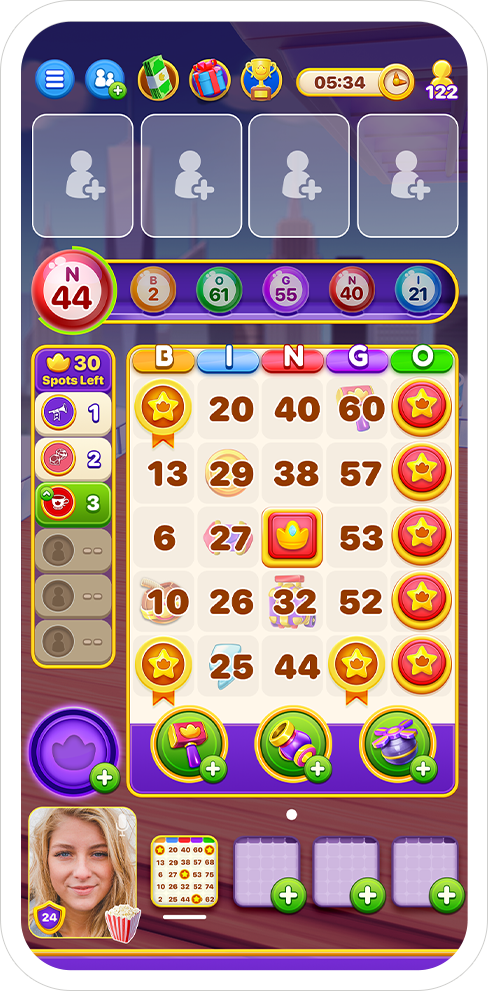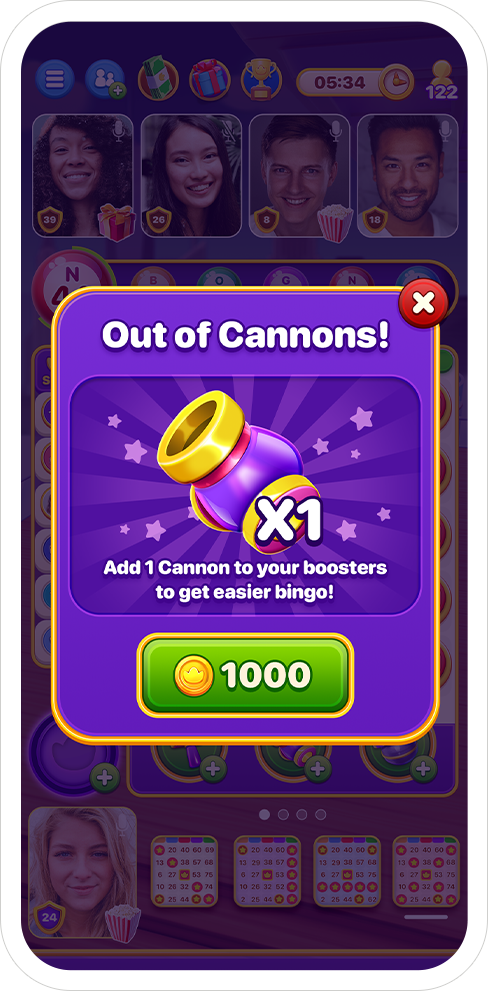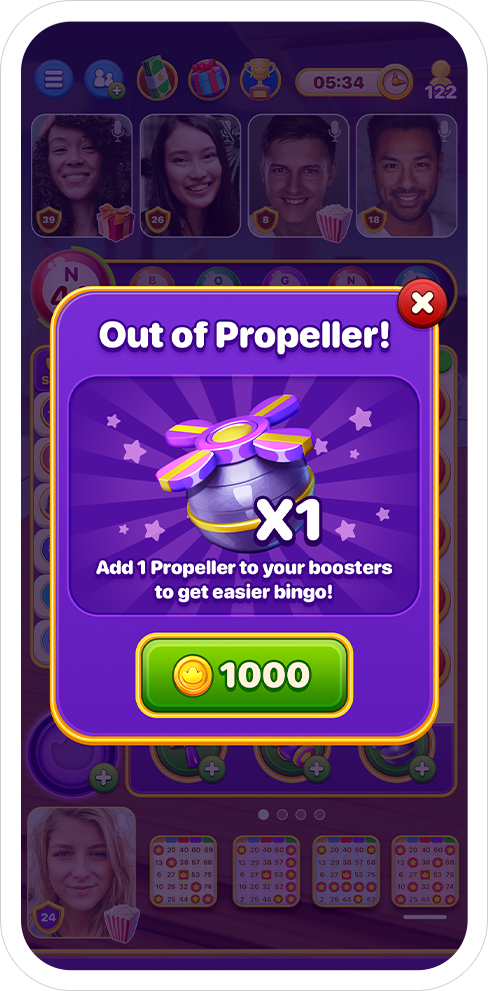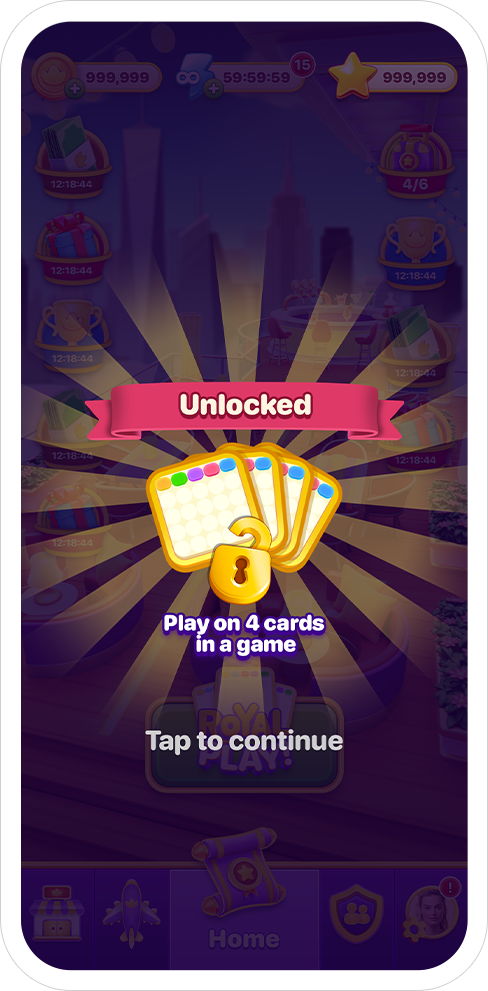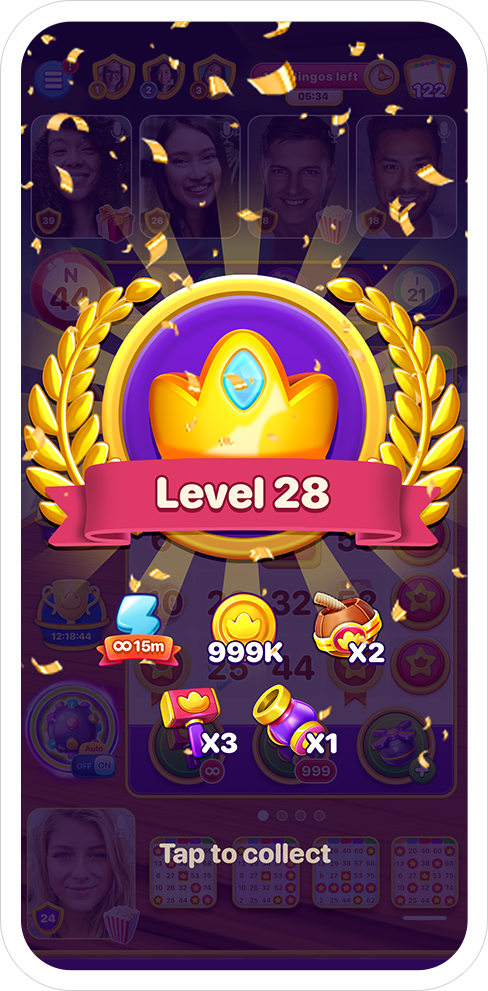Royal Bingo - Designing a Multiplayer Bingo Experience
Bringing strategy, excitement, and live social play to mobile bingo.
Overview
At Communix, I led the core design and UX/UI of Royal Bingo, a competitive multiplayer bingo game where players face off in live rooms - complete with video chat, boosters, power-ups, and dynamic tournaments.
I worked hands-on as the product designer and also led a small cross-functional team, including:
One additional UX/UI designer
A tech artist and animator
Two 3D artists (one in-house, one freelance)
Together, we built an engaging experience focused on strategic gameplay, real-time interactions, and monetization through layered progression.
Company:

The Game Loop
Each player enters a Bingo Track - a themed tournament containing a configurable number of rooms.
In each room, 1–5 players compete in real-time. The top 3 scorers across all rooms win rewards.
Pre-Game Flow:
Choose power-ups using coins
Select number of bingo cards (1 to 4)
Enter the room
We tested a slot machine mini-feature for awarding power-ups during matchmaking, but it was eventually replaced with brief onboarding tutorials explaining boosters and win conditions.
In-Game UX
Main screen layout:
The active bingo card is centered
Extra cards appear as interactive thumbnails at the bottom
On the left corner: the player’s own video feed
Above the cards: the drawn bingo ball with a countdown ring
Above the ball line: live video feeds of the other players
Players must act quickly - each ball has a limited time to be matched before the next appears. A timeline of past balls helps players keep track.
To the left of the board:
A live tournament bar shows the top 6 players
Top 3 get gold-framed avatars; the player’s position is always highlighted
Below are selected wireframes and low-fidelity sketches I created during the early UX exploration stage:
Below is a detailed UI map of the core gameplay screen, highlighting all major interactive elements, system indicators, and player feedback components.

Designing the Core UI
After validating the wireframes and mapping every gameplay element, we moved into designing the final UI for the main game screen.
Our goal was to create an interface that feels clean, competitive, and energetic - without overwhelming the player.
We paid special attention to hierarchy and clarity: the bingo card remains the visual anchor, while real-time elements like the ball draw, timers, and live video feeds support player focus and excitement.
We also designed the layout to scale across 1 to 4 cards, ensuring fast navigation with minimal friction.
The surrounding UI - tournament bar, power-up panel, emoji systems, and live interactions - was carefully layered to support gameplay without stealing attention, keeping players immersed and in control throughout the round.
Boosters & Power-Ups
To add layers of strategy and excitement, we introduced two parallel systems: Power-Ups (used manually) and Boosters (triggered contextually). Each was designed to enhance the player’s sense of control and create satisfying, visual feedback moments during gameplay.
Power-Ups (manual use):
Players enter each match with up to three Power-Ups they can activate at any time:
Propeller - Dabs three random numbers across all active cards.
Cannon - Completes an entire column above the tapped number.
Hammer - Marks a single chosen number, helping close a bingo line.
Boosters (triggered from the board):
Rocket - Shoots across a row or column, depending on its orientation and type.
Disco Ball - Randomly marks up to four numbers across the card.
Bomb - Explodes on impact, dabbing four numbers surrounding the tapped cell.
Dice - Rolls from the activated number to a random adjacent direction (up, down, left, or right) and marks an additional number on the card.
Paper Plane - Flies over the bingo card and marks one random number, adding an extra surprise element to the round.
The interaction between planned Power-Up usage and surprise Booster reveals created a dynamic rhythm in gameplay, keeping players engaged and encouraging tactical thinking with every move.
Below is a gameplay snippet showcasing early testing of the core bingo card experience - including ball draws, card interactions, power-ups, boosters, and win callouts. This demo focuses purely on card mechanics, without tournament elements or social features.
Social Features
Live video and voice transform the match into a virtual hangout.
Players can interact via:
Emoji reactions (e.g., popcorn, gift box)
Tap-to-view profile drawers with info and actions:
Add friend / Mute / Say Hi / Report
Invite friends (if viewing own profile)
Block temporarily (soft-mute for toxic players)
We designed an emoji gift system, where players could buy and send gifts to others. While this feature was marked “Coming Soon”, the UI and user flow were fully built.
Victory Moments
We created multi-tiered win callouts:
Bingo! – one line
Royal Bingo! – two or more lines
Royal Strike! – full card
A Royal Strike:
Ends the round for all players
Broadcasts a spotlight popup with the player’s avatar across rooms
These flat icons were designed to highlight Bingo wins and booster activity on mini-cards and player videos - offering quick visual cues during gameplay.
Card boosters:
Bingo Callouts:
End-of-Round Flow
After time runs out or a Royal Strike occurs:
Gameplay elements fade
The Top 3 podium is displayed
Then: Personal performance summary:
Numbers matched, boosters used, lines completed
Currencies and rewards earned
A “Tap to Collect” screen wraps it up, and the player can choose to continue or return to the lobby.
Additional Screens
We also designed:
“Not enough currency” flow
Track transitions and level-up moments
Empty room states and fallback UIs
The following video captures a full round of gameplay, illustrating how all UI elements, game mechanics, and visual feedback come together in real time.
My Role
I served as the Lead Product Designer and UX/UI owner for Royal Bingo.
My responsibilities included:
Designing all key flows, systems, and interfaces
Collaborating daily with product managers and stakeholders
Leading a team of four (UX/UI, tech art, animation) and working closely with two 3D artists
Overseeing the visual direction, player feedback, and social engagement tools
Managing scope tradeoffs for MVP vs. post-launch features
Outcome
Royal Bingo was a bold attempt to innovate within the mobile bingo genre by combining real-time multiplayer gameplay, video chat, and interactive power-ups in a highly social environment. The game successfully launched on both Android and iOS, reaching over 120,000 downloads, and gained traction in key regions like Italy shortly after release. Our team delivered a complete product with a polished core loop, social mechanics, and monetization systems - all under tight timelines and with a small, focused design team.
Internally, the project was considered a valuable design and production achievement, showcasing Comunix’s ability to expand beyond poker into new social gaming experiences. The UX and UI systems we built served as a strong foundation for further experimentation, and many of the concepts we developed, especially around live player interaction and in-game power dynamics, went on to influence future product discussions. While Royal Bingo was ultimately sunset, it demonstrated our ability to bring a full-featured game to market and iterate quickly on real-time, video-first social design.


